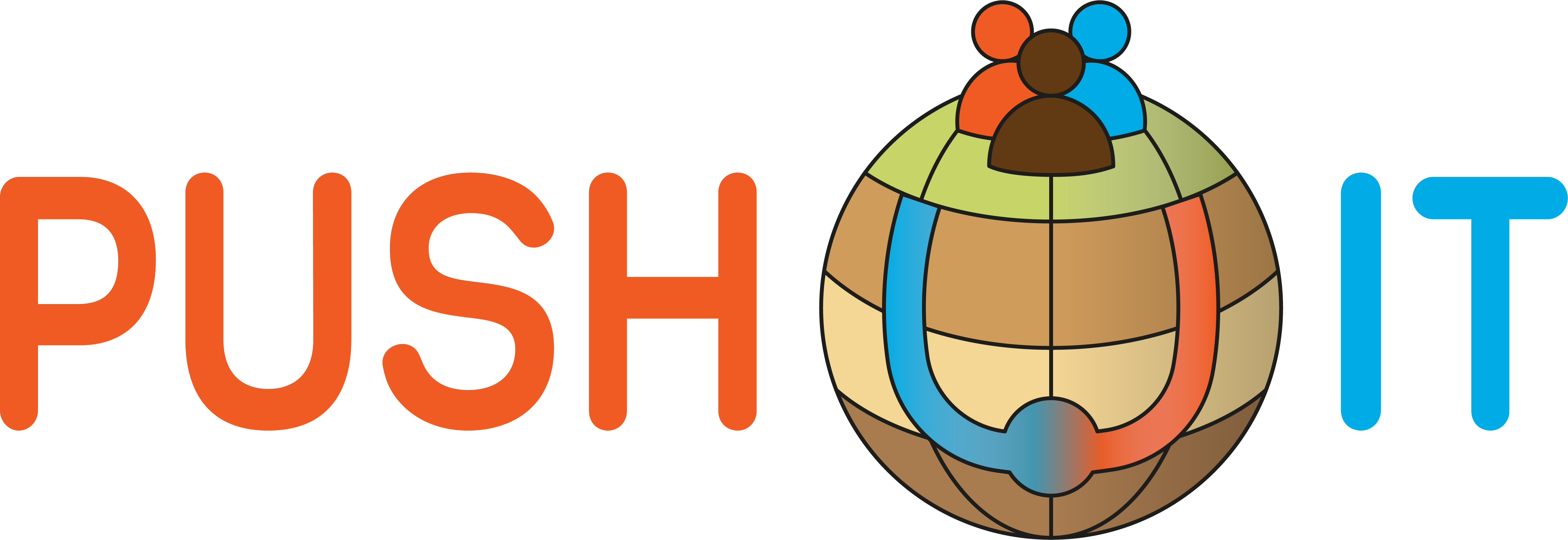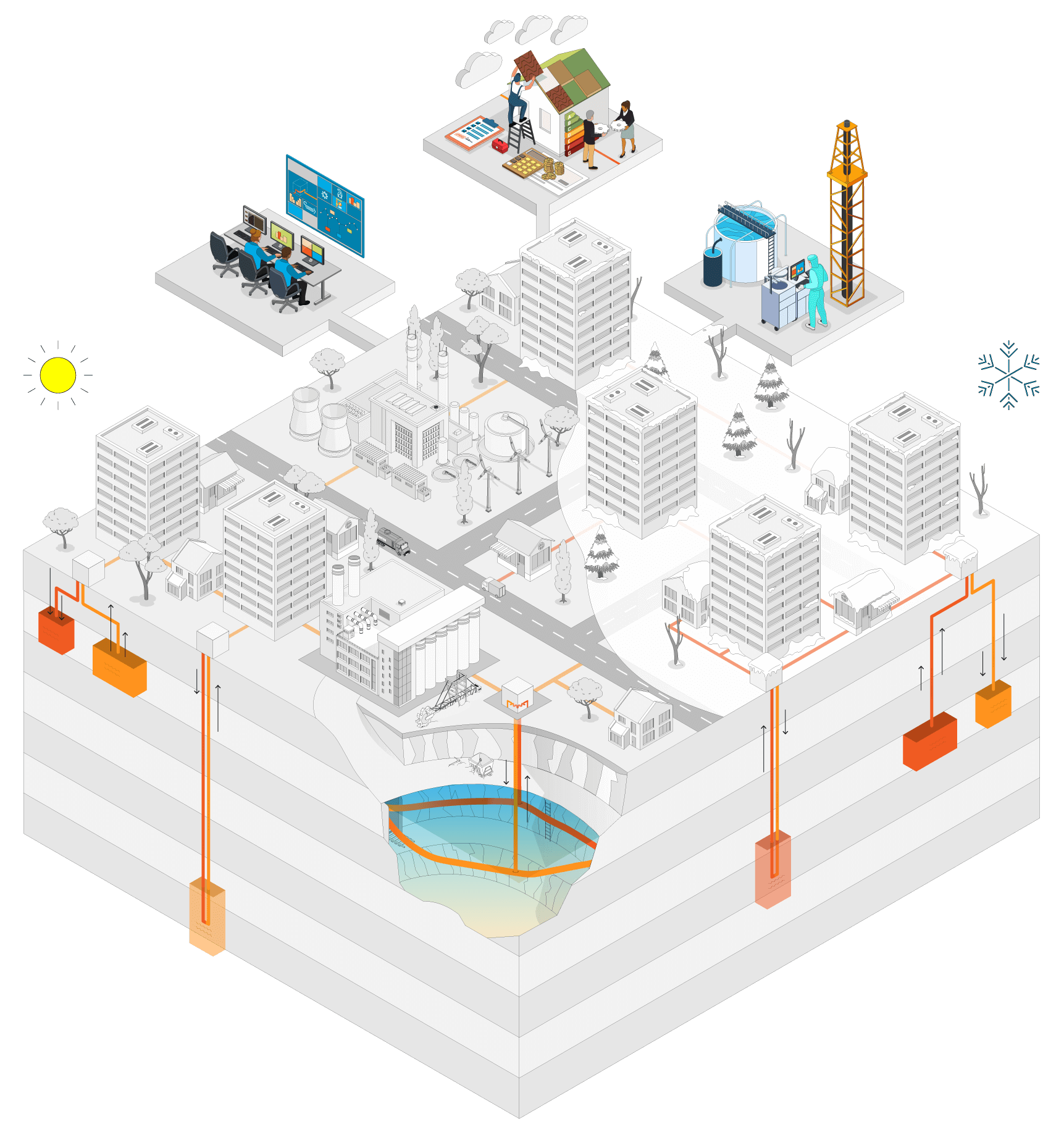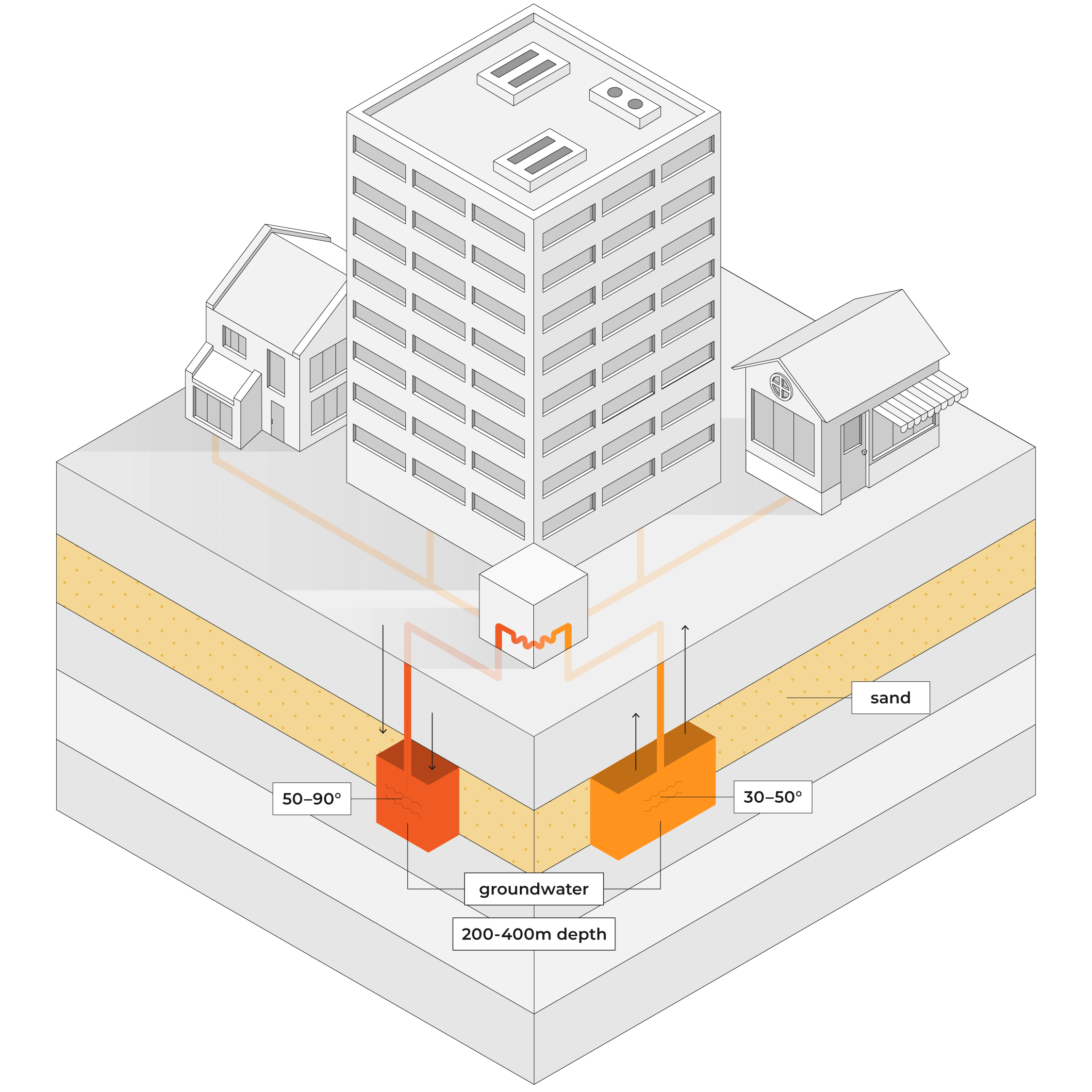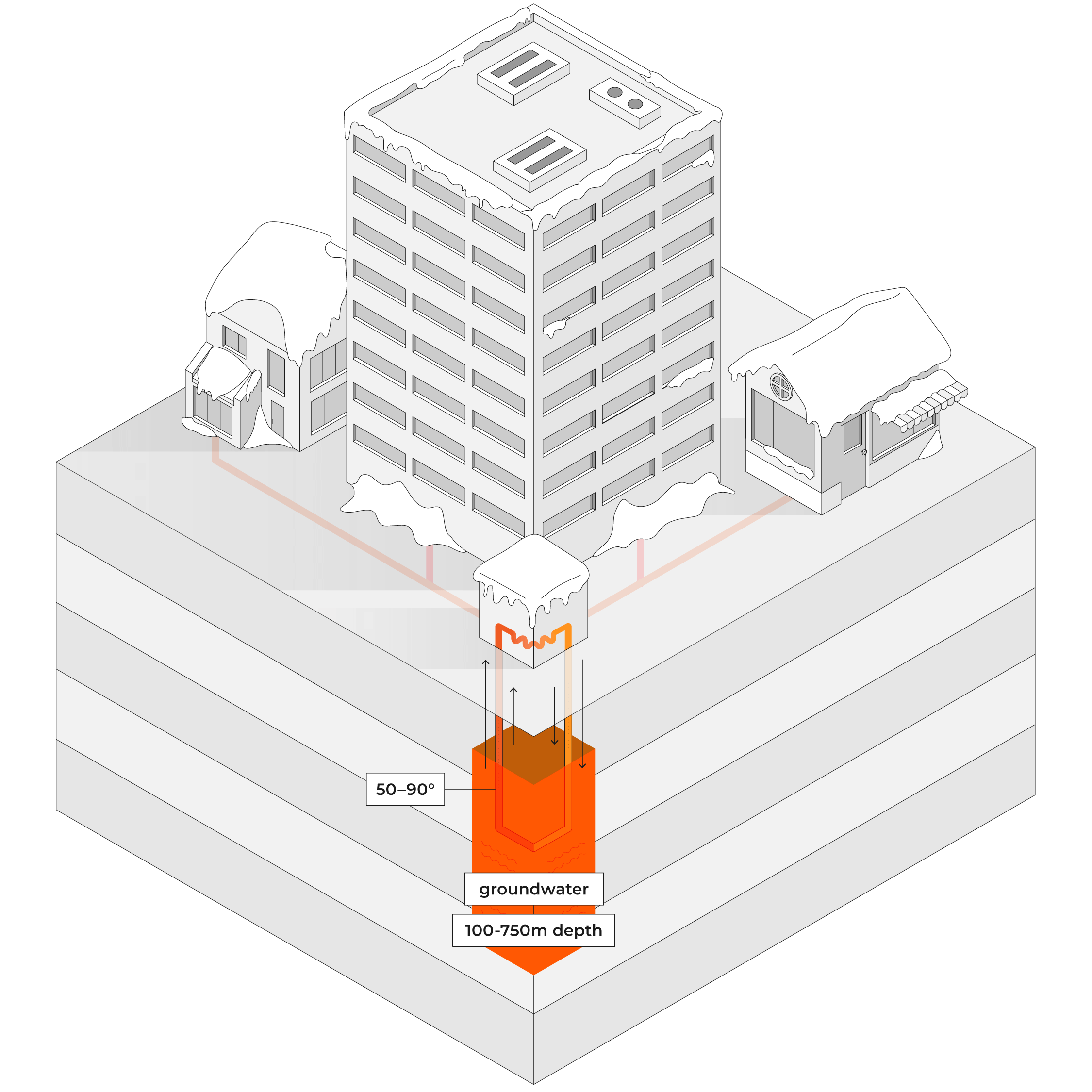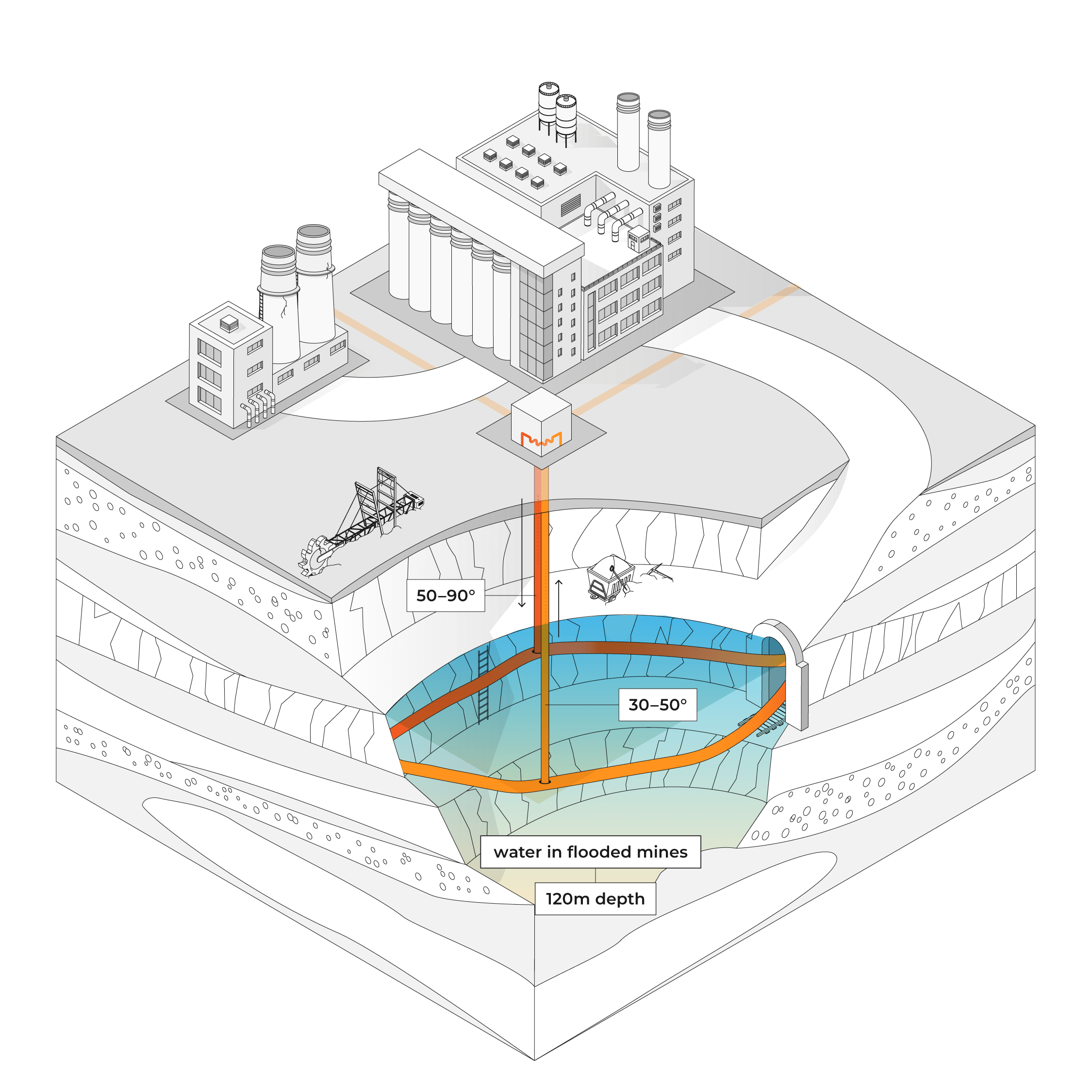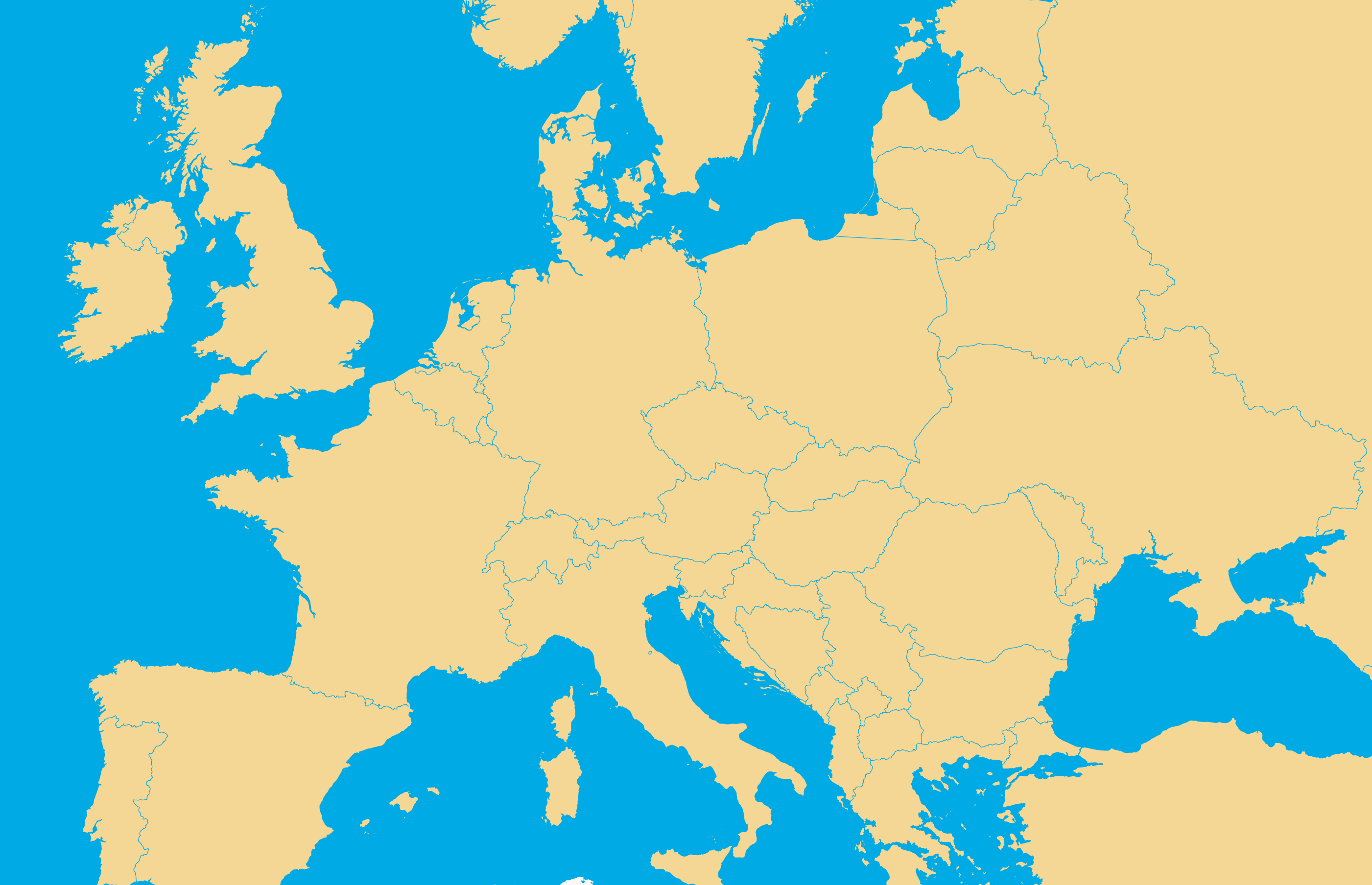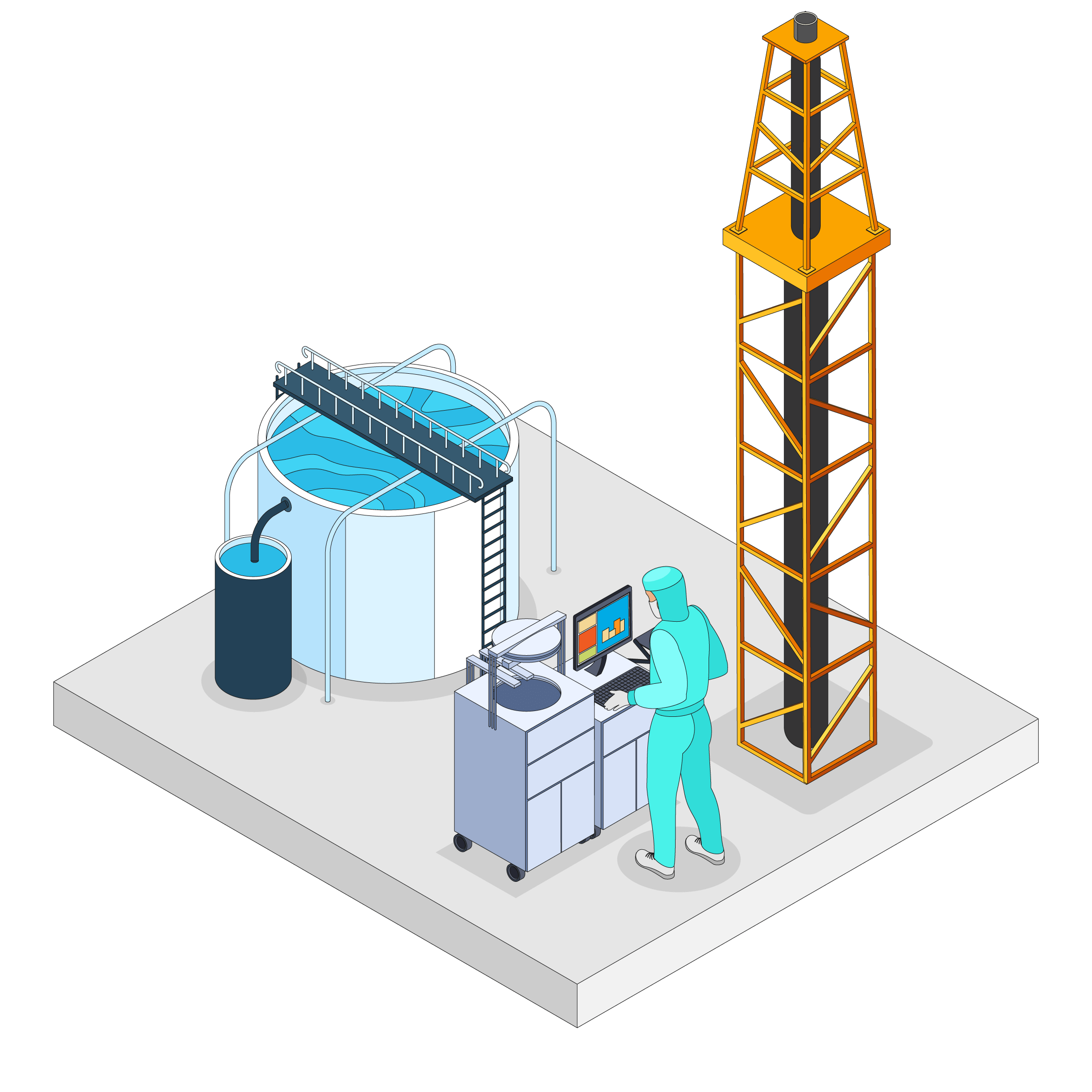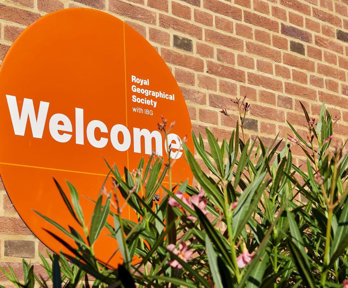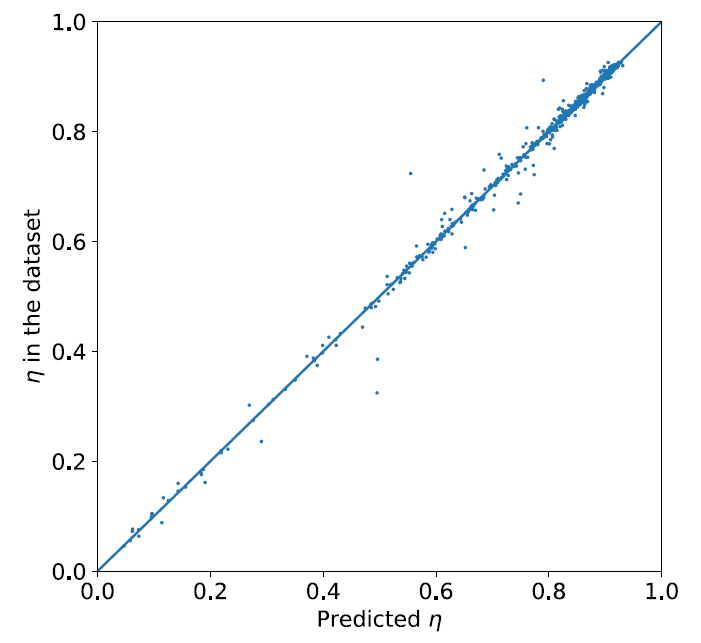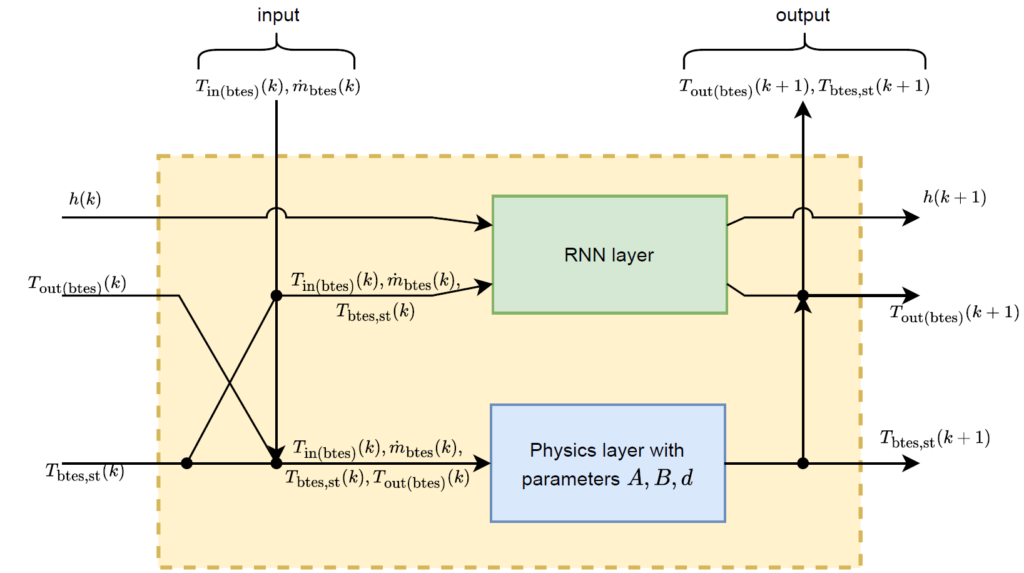
New advances in modelling and optimization of BTES using Neural Networks
Earlier this year, Willem Hagemanna, Jaßper Weichmann, Hannes Gernandt, Franziska Krenzlina and Johannes Schiffer published a paper on the use of neural networks in modelling and optimization of borehole thermal energy storage systems. These physics-based networks help to make the model suitable for optimization and control design.
